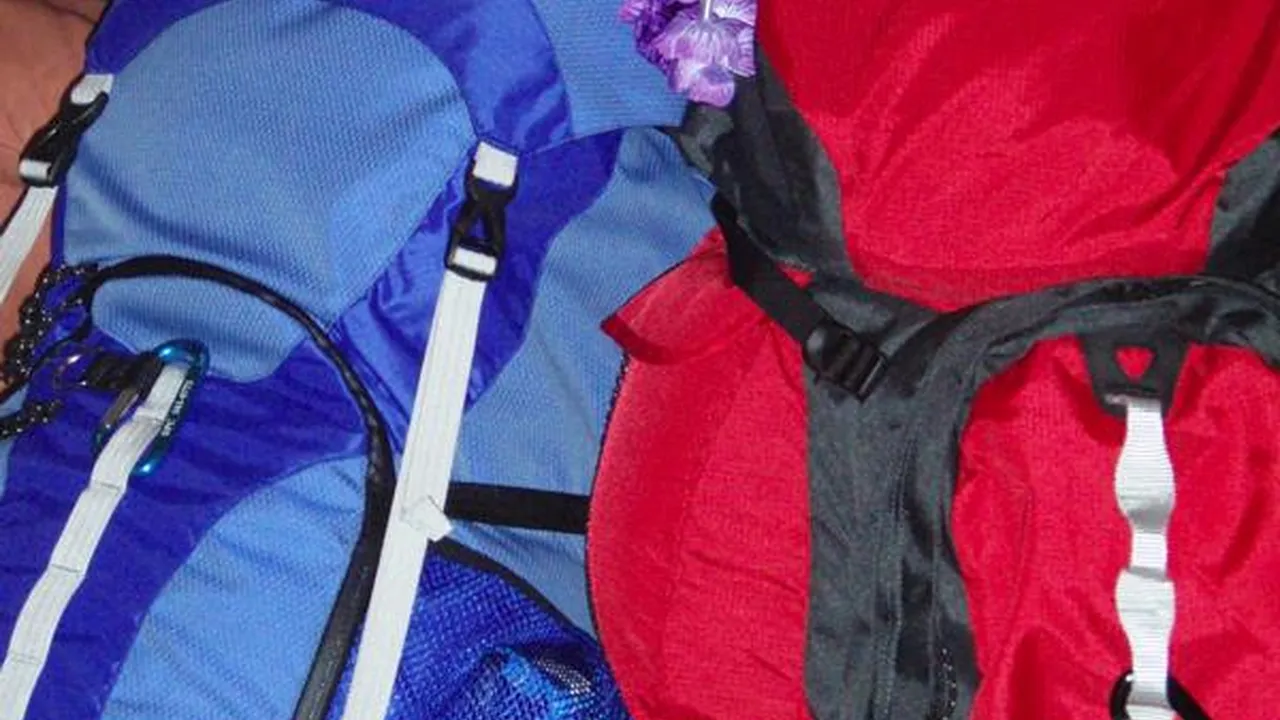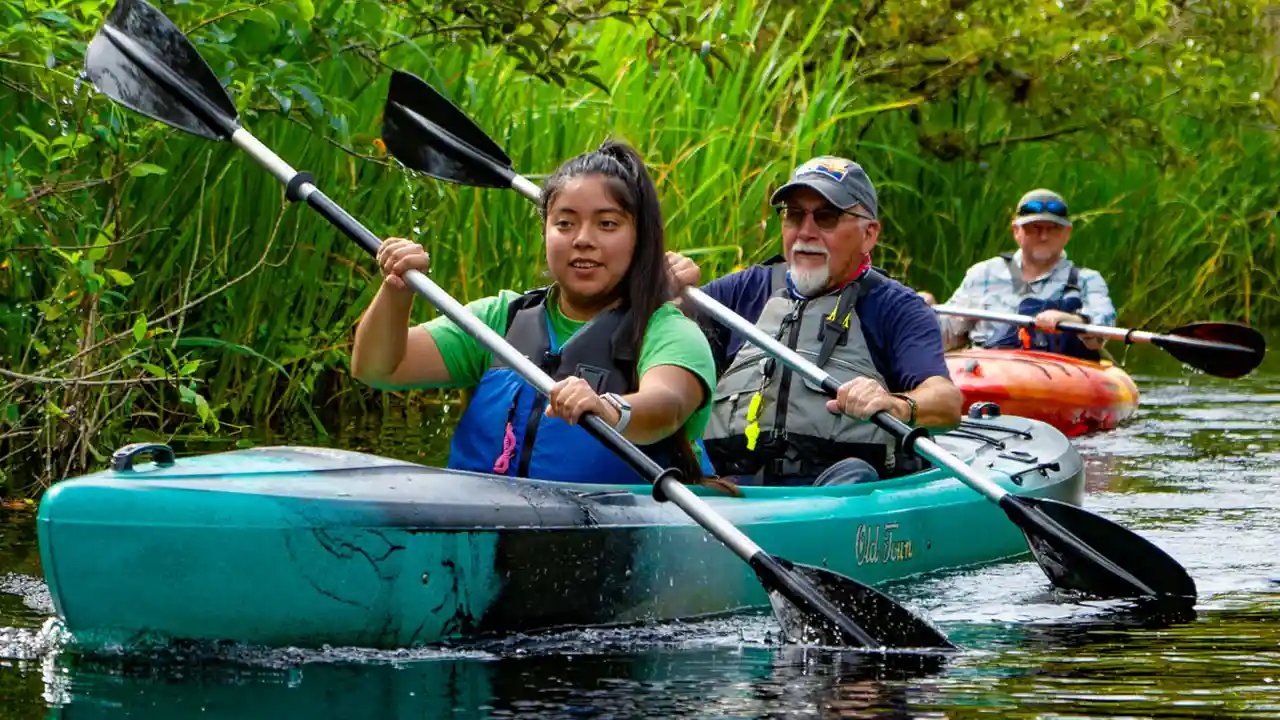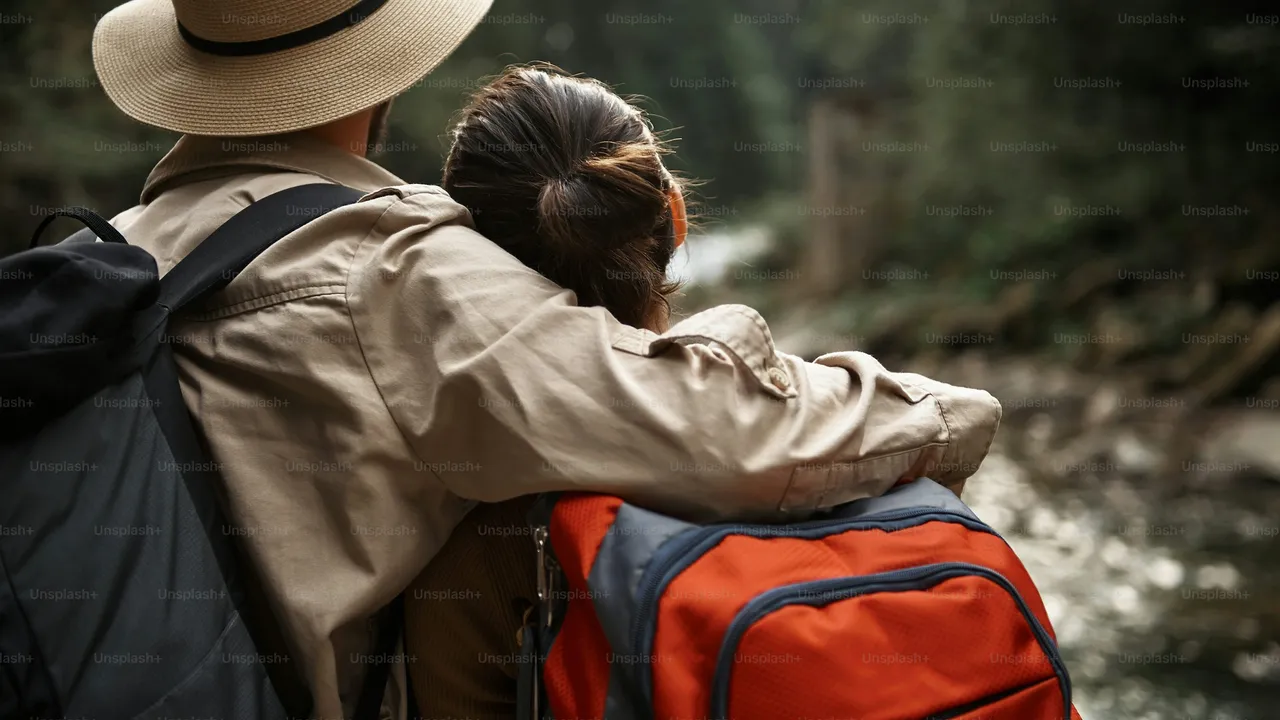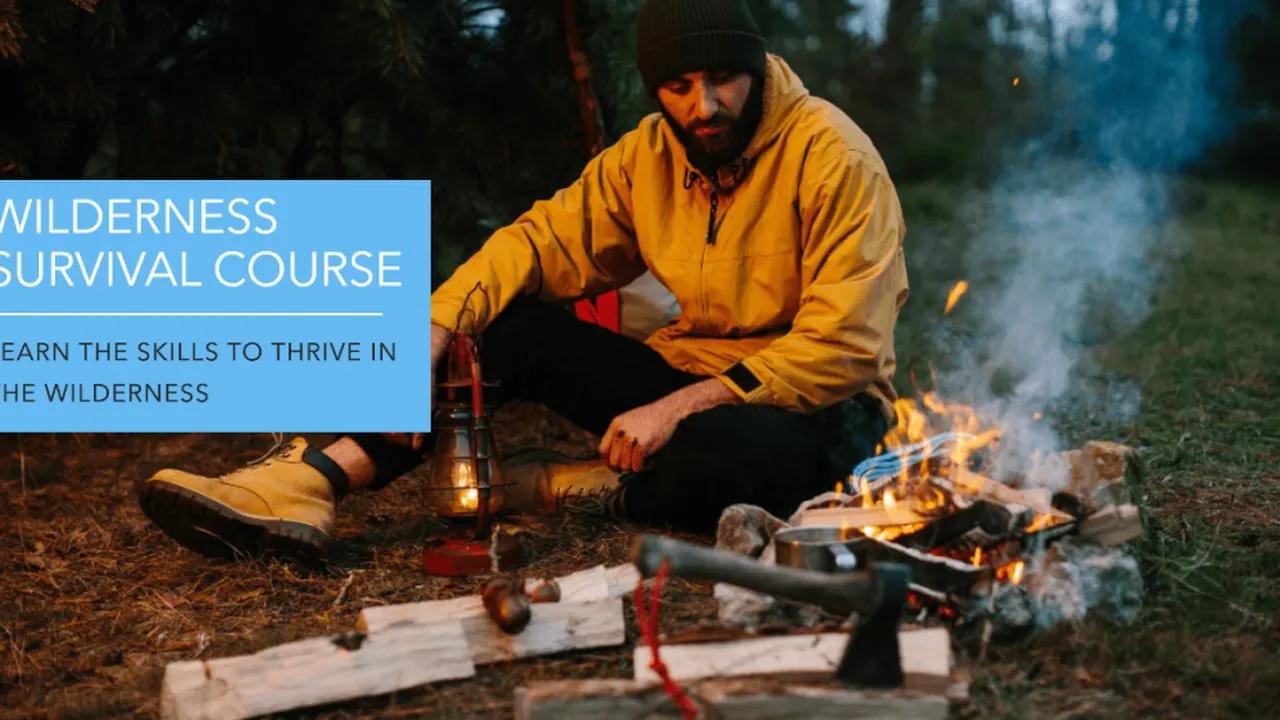Choosing the Right Backpack for Travel
Selecting the perfect backpack is essential for comfortable and efficient travel. We guide you through different backpack types, sizes, and features to consider. Find the ideal backpack to carry your gear with ease and support.

Understanding Backpack Types for Different Travel Styles
Okay, so you're planning a trip. Awesome! But before you jet off, you need a trusty backpack. Thing is, not all backpacks are created equal. It really depends on what kind of travel you're planning. Let's break down the main types:
- Travel Backpacks: These are designed specifically for travel. They often open like a suitcase, making packing and unpacking a breeze. They usually have lots of compartments and features designed for organization. Think Osprey Farpoint or Tortuga Setout.
- Hiking Backpacks: Built for the trails, these backpacks prioritize comfort and weight distribution. They usually have internal frames and hip belts for support. Brands like Gregory and Osprey (again!) are popular.
- Daypacks: Smaller and lighter, daypacks are perfect for day trips or carrying essentials around town. Think simple and functional.
- Duffel Bags with Backpack Straps: A hybrid option that offers the convenience of a duffel bag with the portability of a backpack. Patagonia Black Hole Duffel is a classic example.
Backpack Sizes and Capacity: Finding Your Perfect Fit
Size matters! Backpack capacity is measured in liters (L). Here's a general guide:
- 30-45L: Great for weekend trips or minimalist travel.
- 45-60L: A good all-around size for longer trips.
- 60-75L+: For extended adventures or if you need to carry a lot of gear (like camping equipment).
Beyond the liters, consider the torso length. Most backpacks come in different sizes (S, M, L) to fit different body types. A properly fitted backpack will distribute the weight evenly and prevent back pain.
Key Features to Look For in a Travel Backpack
Alright, let's dive into the nitty-gritty. These features can make or break your travel experience:
- Organization: Multiple compartments, pockets, and compression straps are your friends. Look for backpacks with dedicated laptop sleeves, shoe compartments, and water bottle holders.
- Comfort: Padded shoulder straps, a hip belt, and a ventilated back panel are essential for carrying heavy loads comfortably.
- Durability: Choose a backpack made from durable materials like nylon or polyester. Look for reinforced stitching and sturdy zippers.
- Water Resistance: A water-resistant coating or rain cover can protect your gear from the elements.
- Security: Lockable zippers and hidden pockets can deter thieves.
- Accessibility: A full-zip opening (like a suitcase) makes it much easier to access your gear than a top-loading backpack.
Product Recommendations: Top Travel Backpacks for 2024
Okay, let's get specific. Here are a few of my favorite travel backpacks, with details on their price, features, and ideal use cases:
Osprey Farpoint 40 (Price: $160 - $180)
Use Case: Versatile travel backpack for weekend trips or longer adventures. It opens like a suitcase, has a comfortable suspension system, and meets most carry-on size restrictions.
Features:
- Full zip opening to main compartment
- Laptop and tablet sleeve
- Internal compression straps
- Lockable zippers
Pros: Comfortable, well-organized, durable, carry-on friendly.
Cons: Can be a bit bulky when fully packed.
Tortuga Setout (Price: $229 - $249)
Use Case: Premium travel backpack designed for comfort and organization. It's a bit more expensive than the Osprey Farpoint, but offers excellent features and a sleek design.
Features:
- Full zip opening
- Dedicated laptop and tablet compartments
- Internal organization panels
- Water-resistant fabric
Pros: Comfortable, well-organized, durable, professional-looking.
Cons: Expensive, heavier than some other options.
Peak Design Travel Backpack 45L (Price: $299 - $349)
Use Case: A highly versatile and stylish backpack perfect for photographers and digital nomads. It's expensive, but the modular design and premium materials make it a worthwhile investment.
Features:
- Expandable from 30L to 45L
- Modular design with customizable dividers
- Dedicated laptop and tablet compartments
- Weatherproof construction
Pros: Versatile, stylish, durable, great for photographers.
Cons: Expensive, can be complicated to set up.
REI Co-op Ruckpack 28 (Price: $89.95)
Use Case: A great budget-friendly option for day trips, weekend getaways, or as a personal item on flights. It's simple, durable, and comfortable for everyday use.
Features:
- Laptop sleeve
- Water bottle pockets
- Padded shoulder straps and back panel
- Durable construction
Pros: Affordable, durable, comfortable, versatile.
Cons: Limited organization, not ideal for longer trips.
Comparing Backpack Features: Choosing the Best Option for You
So, how do you choose between these awesome backpacks? Here's a quick comparison table:
| Backpack | Price | Capacity | Key Features | Ideal Use |
|---|---|---|---|---|
| Osprey Farpoint 40 | $160 - $180 | 40L | Full zip, laptop sleeve, carry-on friendly | Versatile travel |
| Tortuga Setout | $229 - $249 | 45L | Full zip, laptop compartment, water-resistant | Premium travel |
| Peak Design Travel Backpack 45L | $299 - $349 | 30-45L | Expandable, modular, weatherproof | Photography, digital nomad |
| REI Co-op Ruckpack 28 | $89.95 | 28L | Laptop sleeve, water bottle pockets | Day trips, budget travel |
Consider your budget, travel style, and specific needs when making your decision. If you're on a tight budget, the REI Co-op Ruckpack 28 is a great option. If you're looking for a premium travel backpack with excellent organization, the Tortuga Setout is a solid choice. And if you're a photographer or digital nomad, the Peak Design Travel Backpack 45L is worth the investment.
Finding the Perfect Fit: Tips for Trying on Backpacks
Before you buy, it's always best to try on a backpack in person, if possible. Here are a few tips:
- Load it up: Bring some weight with you (books, water bottles, etc.) to simulate a realistic load.
- Adjust the straps: Make sure the shoulder straps, hip belt, and sternum strap are properly adjusted for your body. The hip belt should sit comfortably on your hips and carry most of the weight.
- Walk around: Walk around the store to see how the backpack feels while you're moving.
- Ask for help: Don't be afraid to ask a store employee for help with fitting the backpack.
Caring for Your Backpack: Keeping it in Top Condition
To extend the life of your backpack, follow these simple care tips:
- Clean it regularly: Wipe down the exterior with a damp cloth to remove dirt and grime.
- Wash it properly: If your backpack is heavily soiled, you can wash it by hand with mild soap and water. Avoid using a washing machine, as it can damage the fabric and zippers.
- Store it properly: Store your backpack in a cool, dry place when not in use. Avoid storing it in direct sunlight or in a humid environment.
- Repair any damage: If you notice any tears or broken zippers, repair them as soon as possible to prevent further damage.
Final Thoughts: Get Out There and Explore!
Choosing the right backpack is an important step in planning your adventure. By considering your travel style, size requirements, and key features, you can find the perfect backpack to carry your gear comfortably and efficiently. Now, go out there and explore the world!
:max_bytes(150000):strip_icc()/277019-baked-pork-chops-with-cream-of-mushroom-soup-DDMFS-beauty-4x3-BG-7505-5762b731cf30447d9cbbbbbf387beafa.jpg)






